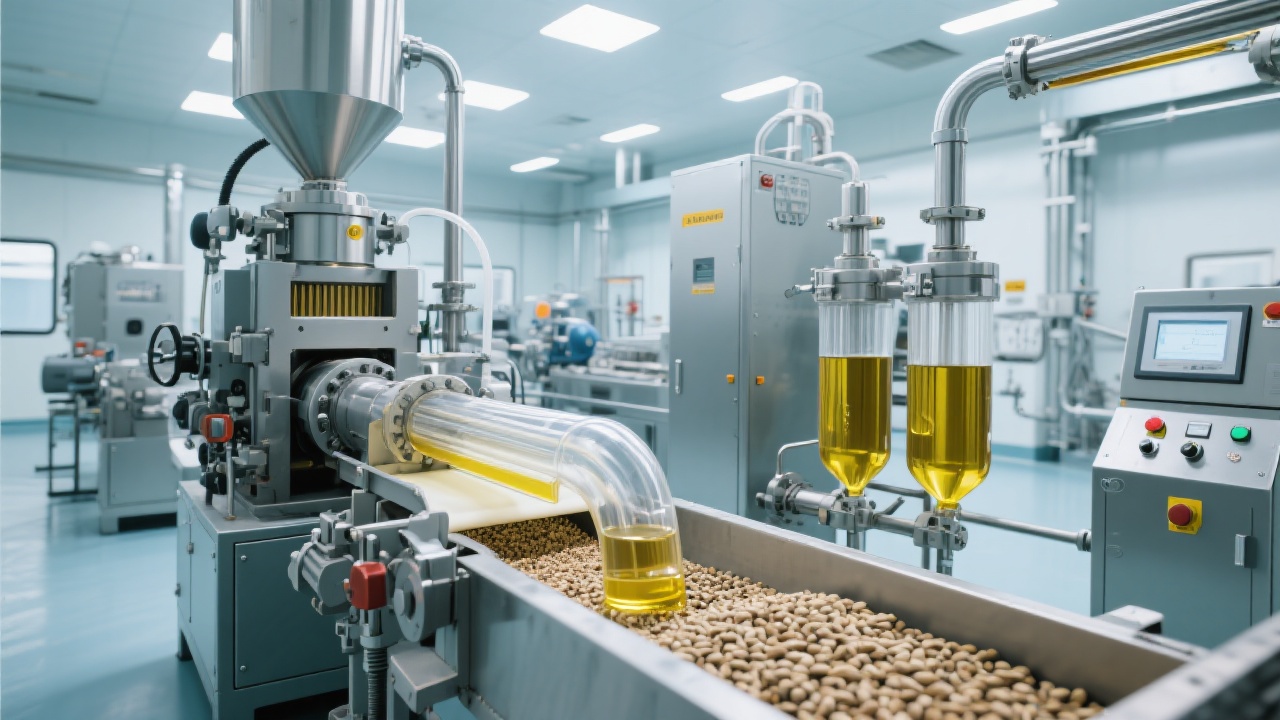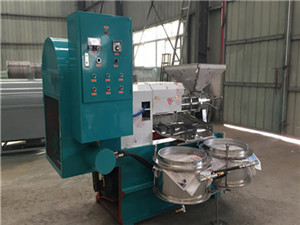
In the realm of plant oil extraction, temperature stands as a critical determinant influencing both oil yield and quality. With over two decades supporting oil mills worldwide, I have observed firsthand how implementing a precise temperature control system can revolutionize the pressing process. This article delves into the core principles behind thermal regulation, presenting actionable insights on segmented heating strategies aligned with raw material moisture content to maximize efficiency and maintain oil integrity.
Temperature influences protein denaturation, oil release, and ultimately the flavor profile of pressed oils. Excessive heat—beyond 120°C—can degrade sensitive phytochemicals, leading to undesirable bitterness and reduced oxidative stability. Conversely, insufficient heat results in suboptimal oil expulsion, raising residual oil content in press cakes by up to 10% compared to optimum conditions.
Optimized temperature ramping maintains protein structures sufficiently denatured for efficient oil liberation without compromising quality. Studies show that maintaining a controlled temperature range between 80°C and 110°C during pressing yields a 5-7% increase in oil extraction compared to fixed-temperature operations.
Implementing a segmented heating approach means dividing the screw press barrel into distinct zones, each independently managed for temperature. Initial zones apply moderate heat (70-85°C) facilitating gradual moisture evaporation, preventing steam buildup that can impair pressing mechanics. Subsequent zones escalate temperature (up to 110°C) to maximize oil release while preserving sensory qualities.
This stepped heating minimizes thermal shock and aligns with the gradual denaturation curve of proteins, realizing over 6% improvement in output versus uniform heating. By leveraging PID-controlled sensors, operators can maintain ±2°C precision across zones, enhancing process stability and repeatability.

Moisture content of raw seeds or kernels critically affects heating requirements. For materials with moisture above 12%, excessive heating risks premature vaporization, causing press blockages and turbulence that reduce throughput by 8-10%. Conversely, too low moisture demands higher temperatures to soften cellular matrices.
Through calibrated temperature setpoints coupled with moisture sensors, a dynamic heating profile adapts in real-time. For example:
| Moisture Content (%) | Initial Zone Temp (°C) | Final Zone Temp (°C) |
|---|---|---|
| >14% | 70 | 95 |
| 10-14% | 80 | 105 |
| <10% | 90 | 110 |
Reliable operation demands not only precise thermal control but also vigilant monitoring. I recommend integrating real-time temperature sensors with alert systems to flag deviations beyond ±3°C. Early anomaly detection prevents quality compromise and machine downtime.
Routine maintenance includes validating sensor calibration monthly, checking thermal insulation integrity, and verifying firmware updates on PID controllers. Engaging operators through customized training on interpreting thermal data enhances proactive troubleshooting.

A mid-sized oil mill in Southeast Asia recently implemented segmented heating aligned with moisture-driven profiles. Post-implementation, the factory observed:
This illustrates how a systematic temperature control strategy can drive tangible production and quality gains, even with constraints typical of smaller operations.


